On Thursday, January 18, 2017 Nicole Etchart was featured on the Aspen Network of Development Entrepreneurs (ANDE)’s sector call to speak about Beyond the Laboratory: Changing Lives through Hardware Technology Enterprises.
During the sector call, Nicole shared NESsT’s approach to launching and scaling invention-based enterprises in order to maximize each enterprise's social impact. Our methodology revolves around the four pillars of hardware technology enterprises, namely scientific knowledge; entrepreneurship; focus on solving problems; and social engagement.
Most Latin American governments are designing and implementing policies to support science, technology and innovation, but these policies are focused on economic growth not poverty amelioration. NESsT undertakes invention-based social enterprises with the purpose of meeting both goals. Through a market-driven approach, these enterprises are more likely to thrive because they must remain competitive by meeting the needs of real users.
Even though the sector is becoming more sophisticated, the primary bottleneck remains providing hardware technology enterprises with access to appropriate types and levels of financing.
NESsT’s process for supporting invention-based enterprises begins with extensive due diligence. After a hardware technology enterprise enters our portfolio, a range of financial and capacity-building resources are utilized to maximize social and financial success.
The first stage for ensuring the success of hardware technology enterprises is technology and business model validation using lean innovation methods. This process will unfold differently for each enterprise and may reveal important information, such as the need for a transfer of technology. Not all inventors are meant to be entrepreneurs so very early on we evaluate and build a balanced team using our talent tool.
Next, while assessing competencies of the entrepreneurial team it's important to include community leaders in key positions like Inka Moss has done so well. Overall, the team must be dynamic, flexible and committed because barriers will always arise. In one case, the development of an invention-based enterprise was stalled due to a lack of biomedical legislation needed for the distribution of the enterprise’s technology. NESsT and the inventor-entrepreneurs had to shift their focus and engage new actors. More information about the process can be found in Beyond the Lab, available for free download.
All the while, each enterprise will need access to financing that can be secured by working with co-investors to create appropriate packages of capital. For Inka Moss, an initial grant by NESsT was key to covering working capital needs in order to break-even. The enterprise is now preparing to scale which is a stage that will require different type of support and financing.
Beyond the Lab highlights five case studies to show how our methodology unfolds in different situations. In every situation the technology and business models must be developed side-by-side to achieve maximum potential. Most importantly, the invention itself will not lead to change if it is not made accessible to the people who need it most.


